Editor’s Note
There have been committees earlier too, which have made their recommendations about the DRDO, however, these have not led to a jump in satisfaction levels, as far as the ultimate users, the services, are concerned. There are also other issues that need to be tackled. DRDO’s budget is not adequate for meeting user expectations. 6.39% of the defence budget was allocated to DRDO in 2018-19, which has come down to 5.1% in 2023-24. DRDO continues to suffer a brain drain with competent scientists leaving the organisation. There are issues with the policy framework within which DRDO has to operate.
In an abrupt move, the government set up a nine-member committee late last month to revamp the much-maligned Defence Research and Development Organisation (DRDO). Coming, as it does, within about a decade of the last major overhaul of the organisation based on Dr P Rama Rao committee’s recommendations, the move is quite surprising.
The new committee, headed by Prof Vijay Raghavan, a former Principal Scientific Advisor to the Government of India, has been tasked with the onerous responsibility of recommending measures to:
- Restructure and redefine the role of the Department of Defence (R&D), which is one of the departments of the Ministry of Defence (MoD) and DRDO which technically functions under the former’s administrative control, and their relationship with each other, as well as with the academia and the industry.
- Maximise the participation of the academia, Micro, Small and Medium Enterprises (MSMEs) and start-ups in the development of cutting edge technologies.
- Attract and retain high-quality manpower, including a system of project-based manpower by a proper system of incentives and disincentives, with strict performance accountability, and weeding out of the non-performers.
- Utilise the expertise of NRIs/foreign consultants, inter-country collaborations for development of cutting edge and disruptive defence technologies.
- Modernize administrative, personnel and financial systems to achieve speedier implementation of projects.
- Rationalisation of laboratory structures and their performance evaluation process.
These terms of reference are reminiscent of the issues taken up by the Rama Rao committee more than a decade back. The committee’s recommendations were later re-examined by a follow-up committee headed by the Defence Secretary in consultation with various stakeholders and action points were finalised with respect to how DRDO should be organized internally to meet the requirements of the system by creating clusters of defence laboratories, empowerment of the laboratories for efficient development of technology, and ensuring closer interaction between DRDO and the industry. This was in 2010.
Five years later, the junior minister for defence stated in his reply to a question in Lok Sabha that the recommendations made by Rama Rao Committee which were within DRDO’s power had been implemented, while the remaining accepted recommendations were at various stages of necessary approvals for implementation, except the recommendation to create a Board of Research for Advanced Defence Sciences (BRADS) to function on the lines of Defence Advanced Research Projects Agency (DARPA) of USA.
Retention of scientists has also been an area of concern for a long time with DRDO taking steps from time to time to arrest their exodus. In 2011 DRDO informed a worried Standing Committee on Defence (SCoD) of the steps it had taken to check the brain-drain, which included two additional increments on promotion to each grade, up to six variable increments on promotion granted on fast track, provision of professional update allowance, fast track promotions based on assessments, opportunity to acquire higher qualifications at reputed institutes like the IITs and IISc as a DRDO sponsored candidate, and giving Young Scientists, Scientists of the Year, and other DRDO Awards to recognise outstanding contributions to research and development (R&D).
Against the background of these, and many other, earnest efforts made in the past one decade, setting up of yet another committee to undertake an analogous exercise, is baffling. The underlying assumption in all this is that after the last major structural and functional overhaul based on Rama Rao Committee’s recommendations, DRDO was expected to achieve certain pre-defined goals within a specified period, but it has failed to do so. There is nothing in the public domain to establish this assumption.
On the contrary, as recently as in March 2023, SCoD (17th Lok Sabha) observed in its thirty-eighth report that DRDO had ‘made rapid progress with the infusion of private sector involvement in (Its) research-related activities’ and appreciated the large number of steps taken by DRDO, like setting up of world-class test facilities, signing MOUs with leading industry chambers, transferring technology and patents to the private Industry free of cost, raising the funding under Defence Technology Development Fund (TDF) from ₹ 10 crore to ₹ 10 crore.
For sure, SCoD also lamented inordinate delays in completion of projects, pointing out that 119 of 178 mission mode projects had been delayed, there had been time and cost overruns, and there were instances of projects being declared successful despite non-achievement of one or more of the key objectives. However, as in the past, the committee stopped short of unearthing the underlying causes of this malady, mundanely instructing DRDO instead that that it should make all out efforts to complete projects within the stipulated time frame, and adding for good measure the hackneyed advice that ‘active private sector participation is the way forward and can act as a major impetus for the improvement of research-related activities’.
The absence of any worthwhile objective study of the underlying causes of the real or perceived underperformance by DRDO, what have been the drawbacks of DRDO’s approach to research and innovation, what constraints it faces, why have the reforms undertaken in the past failed to deliver the expected results, and indeed wat were those expectations, is a formidable challenge the new Raghavan committee faces. There cannot be any proper medication in the absence of a proper diagnosis.
The Raghavan committee will first need to figure out what are the problems that need to be addressed. This can be problematic given that the committee has only three months to produce the report. The fact that most of the members of the committee represent institutions that have had reservations about DRDO for long, complicates this task. It is not a reflection on the integrity and brilliance of the individual members who, given the committee’s terms of reference, will have to start with the presumption that the DRDO has failed to deliver for reasons which are attributable to its structure and organisational ethos.
The DRDO is not entirely to blame for how it is perceived by the armed forces, industry, and the sundry critics. They tend to underplay its achievements and overlook the challenges it faces in managing the R&D projects, a long list of which can be found in the fifth report submitted by SCoD to 16th Lok Sabha in December 2014. It is difficult to summarise these challenges but a few of illustrations would be instructive.
To begin with, DRDO has been functioning within a fuzzy policy framework. Set up in 1958 by amalgamating the already functioning Technical Development Establishment of the Indian Army and the Directorate of Technical Development & Production of the Defence Science Organisation (DSO), it inherited the organisational ethos of these organisations and though defence production was opened to the private sector in 2001, defence R&D continued to be in DRDO’s exclusive domain as a matter of conscious government policy.
The half-heated involvement of the private sector in later years was more a failure of the policy than the result of DRDO’s dogged safeguarding of that monopoly. To blame DRDO for its lack of outreach to the private sector is, therefore, unwarranted.
To add to the problem, expectations from DRDO have been unrealistically high. Those familiar with the ropes do not deny that DRDO is, in fact, expected to volunteer to undertake every big research project, partly because of the absence of any scheme to farm out such projects to thew private sector, and partly because of the latter’s reluctance to invest in R&D in the absence of adequate funding of technology/prototype development and the government’s inability to assure post-development purchase contracts.
Last year, the finance minister announced in her budget speech that 25% of MoD’s annual R&D budget will be reserved for private companies and start-ups to break the monopoly of the public sector on developing cutting edge military technology. DRDO cannot be blamed if the scheme to dole out funds is yet to be promulgated.
Other problems besetting DRDO include excessive financial and administrative control by the MoD, services frequently changing the goal posts by tweaking the technical requirements during the development stage, absence of a robust exit policy to foreclose unworkable projects which has led to the tendency of throwing good money after bad, lack of adequate goodwill and effective coordination between DRDO and the services.
One can only hope that Raghavan committee will succeed where the previous one apparently did not and make ready-to-implement recommendations which do not merely replicate the recommendations made in the past. Starting with pre-conceived notions of what ails DRDO and what should be done about it -like, for example considering privatisation of defence R&D as the panacea for all ills- is unlikely to be much help.
It would be presumptuous to suggest the way forward considering that the MoD has set up a high-powered committee to figure this out, but a few broad ideas could be tossed up for consideration. These include retention of DRDO as the overarching organisation to coordinate defence R&D, earmarking a limited number of strategically important projects to be undertaken by DRDO, laying down a scheme to enable DRDO to involve the private sector in development of critical and futuristic technologies, farming out of R&D in non-core areas (like food research) or where private sector can be more easily roped in because of the potential for commercial exploitation of the dual-use of technologies (like AI and robotics), minimising MoD’s bureaucratic control and making DRDO semi-autonomous to let it work at an arm’s length from the ministry, instituting a balanced mechanism for coordination between DRDO and the services, and working out a better scheme to arrest attrition of manpower.
Of course, nothing of this will produce intended results with the kind of budget that is allocated at present for defence R&D. The total allocation for DRDO, of which a major portion goes into salaries and other administrative expenditure, was 6.39% of the defence budget in 2018-19, which has come down to 5.1% in 2023-24. More significantly, the allocation for R&D stood at 0.088% of the GDP in 2017-18, which too has fallen to 0.077% in 2023-24. This has been, and is likely to continue to be, the elephant in the room and pose the biggest challenge for the Raghavan committee.
Amit Cowshish

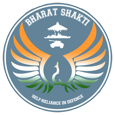


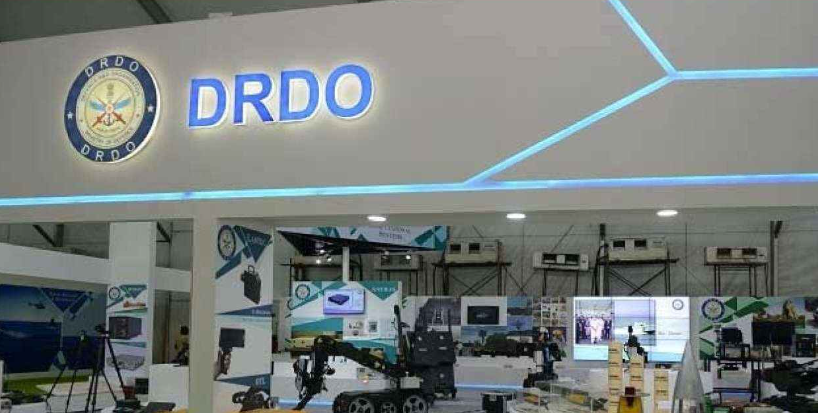

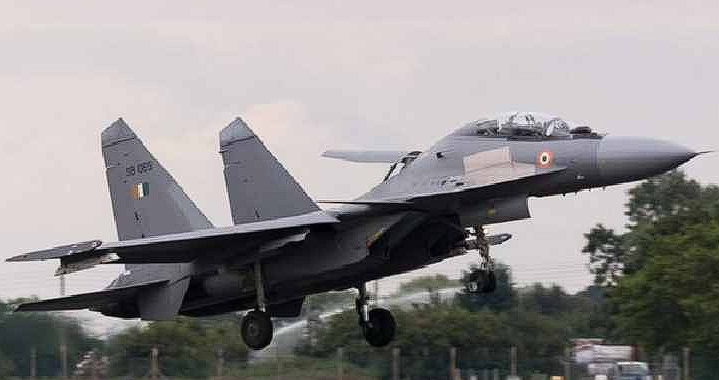




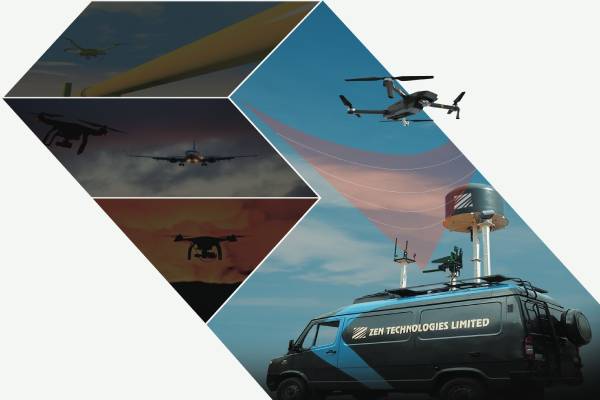















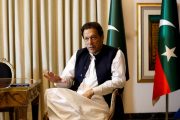



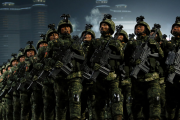

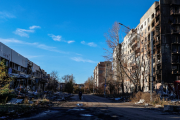



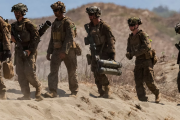




1 Comments
Aditya
There is online answer
Remove the procurement file work and long term financial burdens and financial reportings from scientists heads first, then only expect scientific output.